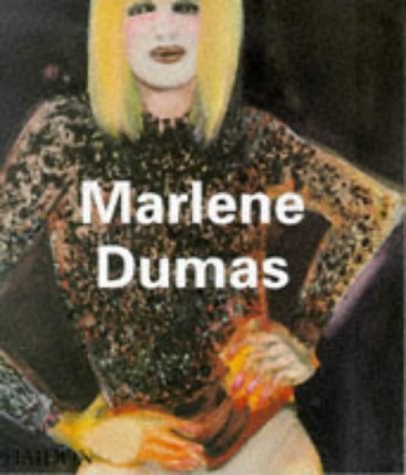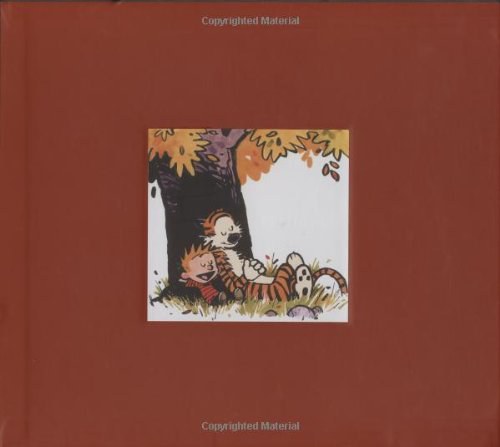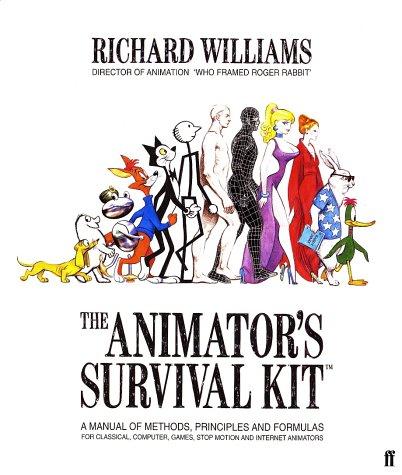
Dan Saffer《Microinteractions: Full Color Edition》
书刊介绍
内容简介
It’s the little things that turn a good digital product into a great one. With this full color practical book, you’ll learn how to design effective microinteractions: the small details that exist inside and around features. How can users change a setting? How do they turn on mute, or know they have a new email message?
Through vivid, real-world examples from today’s devices and applications, author Dan Saffer walks you through a microinteraction’s essential parts, then shows you how to use them in a mobile app, a web widget, and an appliance. You’ll quickly discover how microinteractions can change a product from one that’s tolerated into one that’s treasured.
Explore a microinteraction’s structure: triggers, rules, feedback, modes, and loops
Learn the types of triggers that initiate a microinteraction
Create simple rules that define how your microinteraction can be used
Help users understand the rules with feedback, using graphics, sounds, and vibrations
Use modes to let users set preferences or modify a microinteraction
Extend a microinteraction’s life with loops, such as “Get data every 30 seconds”
作品目录
Chapter 1 Designing Microinteractions
Microinteractions Are Not Features ... But Still Matter
The Secret History of Microinteractions
The Structure of Microinteractions
Microinteractions as a Philosophy
Summary
Chapter 2 Triggers
Manual Triggers
System Triggers
Summary
Chapter 3 Rules
Designing Rules
Limited Options and Smart Defaults
Microcopy
Algorithms
Summary
Chapter 4 Feedback
Feedback Illuminates the Rules
Feedback as a Personality-Delivery Mechanism
Feedback Methods
Feedback Rules
Summary
Chapter 5 Loops and Modes
Modes
Loops
Summary
Chapter 6 Putting It All Together
Example 1: Mobile App
Example 2: Online Shared Playlist
Example 3: Dishwasher Control Panel
Prototyping and Documenting Microinteractions
Orchestrating Microinteractions
Think Small
Appendix Testing Microinteractions
What to Look for During Testing
Using Quantitative Data
A Process for Testing Microinteractions
Colophon
相关推荐
-

电子商务视觉营销
《电子商务视觉营销》内容简介:在电子商务行业中合理使用视觉营销可以使店铺产生更多的流量,获得更高的转化率。视觉营销的好坏直
-

打造你的话语权
《打造你的话语权》内容简介:采取不同寻常的沟通方式,说出富有力量而又不失风度的话语,就能高效解决生活中火星四射的交流困境,
-

在线广告:互联网广告系统的架构及算法
在线广告:互联网广告系统的架构及算法 本书特色 在线广告是一个多学科交融的领域,本书力求系统地讲解在线广告的架构和算法,让读者对在线广告有一个整体的认识。全书共...
-

DTPWORLD 編輯部《Idea+10》
設計需要衝擊才能併發出更多精彩的概念與創作,如果你老在同一種設計手法中打轉,不知該如何突破,請看一線設計師如何在相同的主
-
![[美] LeonW·Counch《数字与模拟通信系统》](http://oss.shudanhao.com/caiji/chazidian/2023/72512.jpg)
[美] LeonW·Counch《数字与模拟通信系统》
《国外电子与通信教材系列·数字与模拟通信系统(第6版)(英文版)》在前五版的基础上改编而成,系统地介绍了现代通信系统的基本理论
-

Spark Streaming实时流式大数据处理实战
《Spark Streaming实时流式大数据处理实战》内容简介:本书以透彻的原理分析和充实的实例代码详解,全面阐述了Spark Streaming流式
-

《自然辩证法通讯》杂志社《科学精英》
精彩纷呈的科学家传记视角独特的科学史研究【编辑推荐】全面地对科学家的精神气质和杰出科学成就进行研究,并将其深入浅出地表述
-

网页设计(DW/FL/PS)从新手到高手-(随书赠送光盘1张)
网页设计(DW/FL/PS)从新手到高手-(随书赠送光盘1张) 本书特色 本书是一本网页设计学习宝典,全书通过150多个实战案例,以及250多分钟全程同步语音教...
-

现代C:概念剖析和编程实践
《现代C:概念剖析和编程实践》内容简介:这本书按级别组织,编号从0到3。初始级别0,名为“邂逅”,它将总结使用C进行编程的基础知
-

思志学《自己动手写Struts》
本书由浅入深、循序渐进地介绍了MVC的体系结构和如何构建一个基于MVC的Web框架,目的是帮助软件开发人员快速掌握MVC的设计思想,
-

《计算机英语》书籍《计算机英语》
专门用途英语系列教材是教育部规划的高等学校(包括高等专科院校和高等职业院校)专业英语阶段的英语教材,也可供电大、各类成人
-

Java办公自动化项目方案精解(附光盘)
Java办公自动化项目方案精解(附光盘) 内容简介 本书采用当今*流行的Java语言来实现前台的控制界面。后台数据库考虑到读者的广泛性,采用当今功能*为强大的O...
-

克里斯·莱夫特瑞《塑料》
关于此书:从甜美的、柔软的、透气的凝胶体,到发光的塑料材料,以及能自行组装的性能,此书都将带你领略塑料的迷人美丽。这里没
-

真幌站前狂骚曲
《真幌站前狂骚曲》内容简介:《真幌站前狂骚曲》中,多田与行天在彼此嫌弃与互相扶持中,又迎来了新的一年。“真幌站前”系列大结
-

周有光传
《周有光传》内容简介:《汉语拼音之父:周有光传》主要内容简介::半个世纪前,他从经济学教授变身语言文字学家。花三年时间倾力打磨
-

《iPhone开发基础教程》书籍《iPhone开发基础教程》
Apple公司的iPhone已经开创了移动平台新纪元!它与AppStore的绝配也为全世界的程序员提供了一个施展才华的全新大舞台。只要有新奇
-

梵绅科技《新手学黑客攻防》
《新手学:黑客攻防(入门篇)(超值实用版)》共11章。第1章介绍黑客的基础知识,包括黑客入侵的途径、入侵命令以及入侵的方式。第2章
-

Nikkei Design《Apple Design產品設計的秘密》
「我們的使命是站立在科技與人文的交叉處,並以此為起點創造嶄新的事物!」史蒂夫賈伯斯(SteveJobs)◎市面上第一本將APPLE產品
-

明德学校史话
《明德学校史话》内容简介:本书依据宏富的史料,记述了明德学校艰苦卓绝的办学历程及其辉煌的办学业绩,展示了胡元倓等一批明德人
-

影视调色学
《影视调色学》内容简介:本书从色彩的本质属性入手,通过眼睛与色彩、心理与色彩、影视技术与色彩、影视艺术与色彩、影视调色流程





